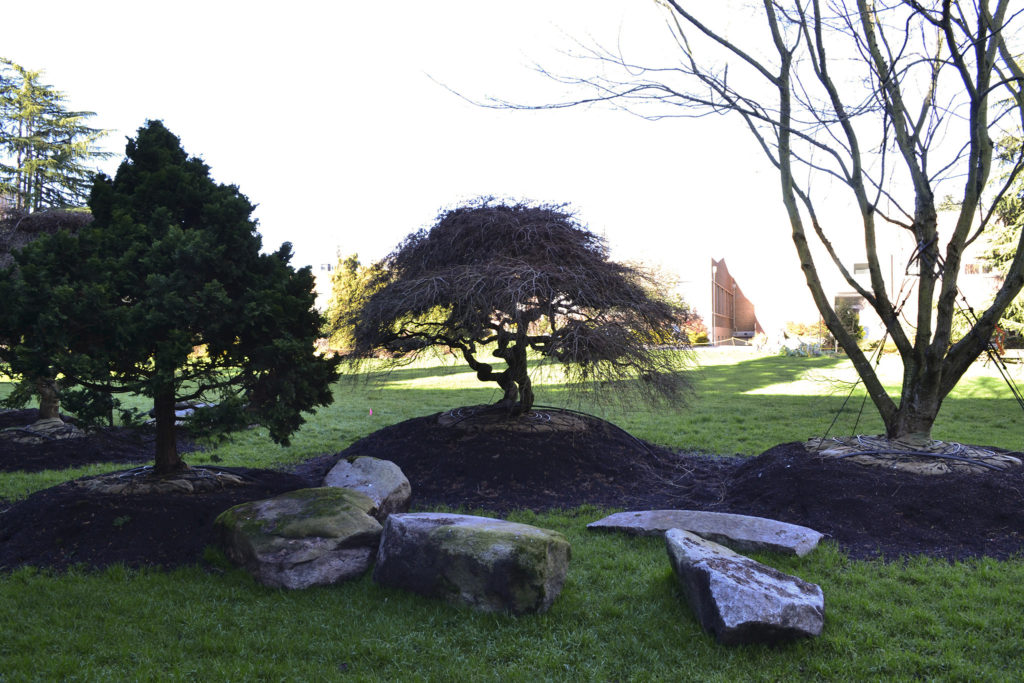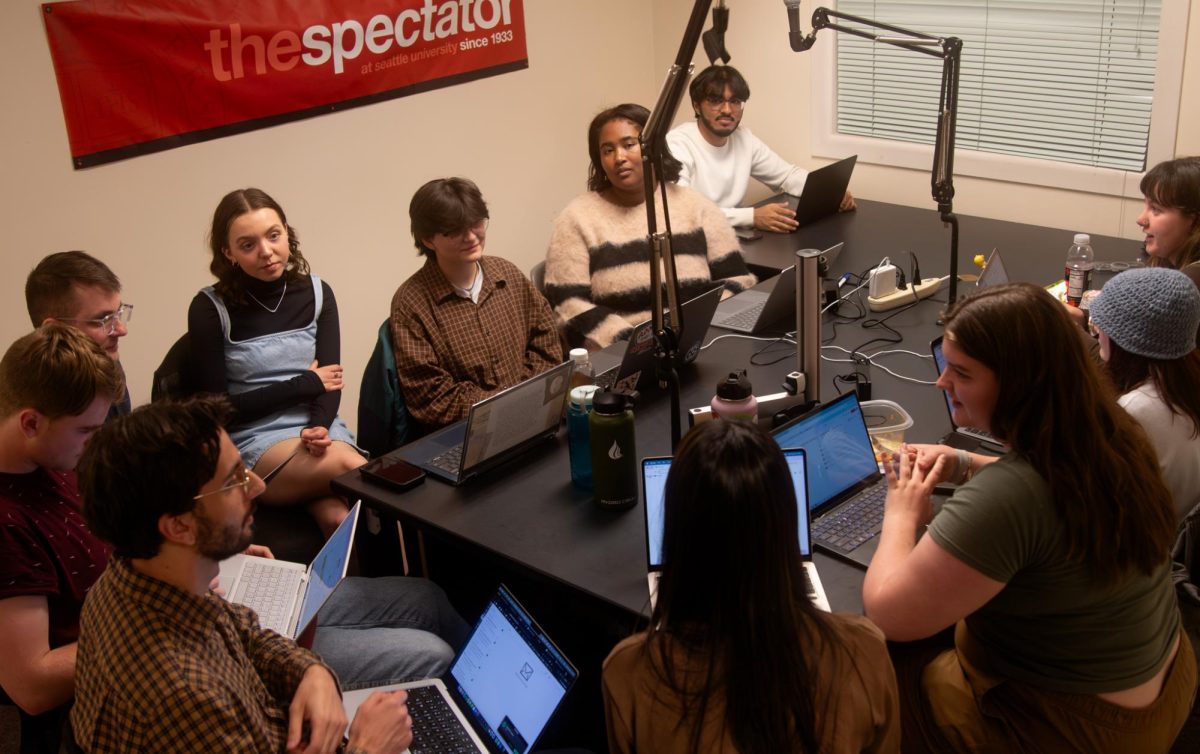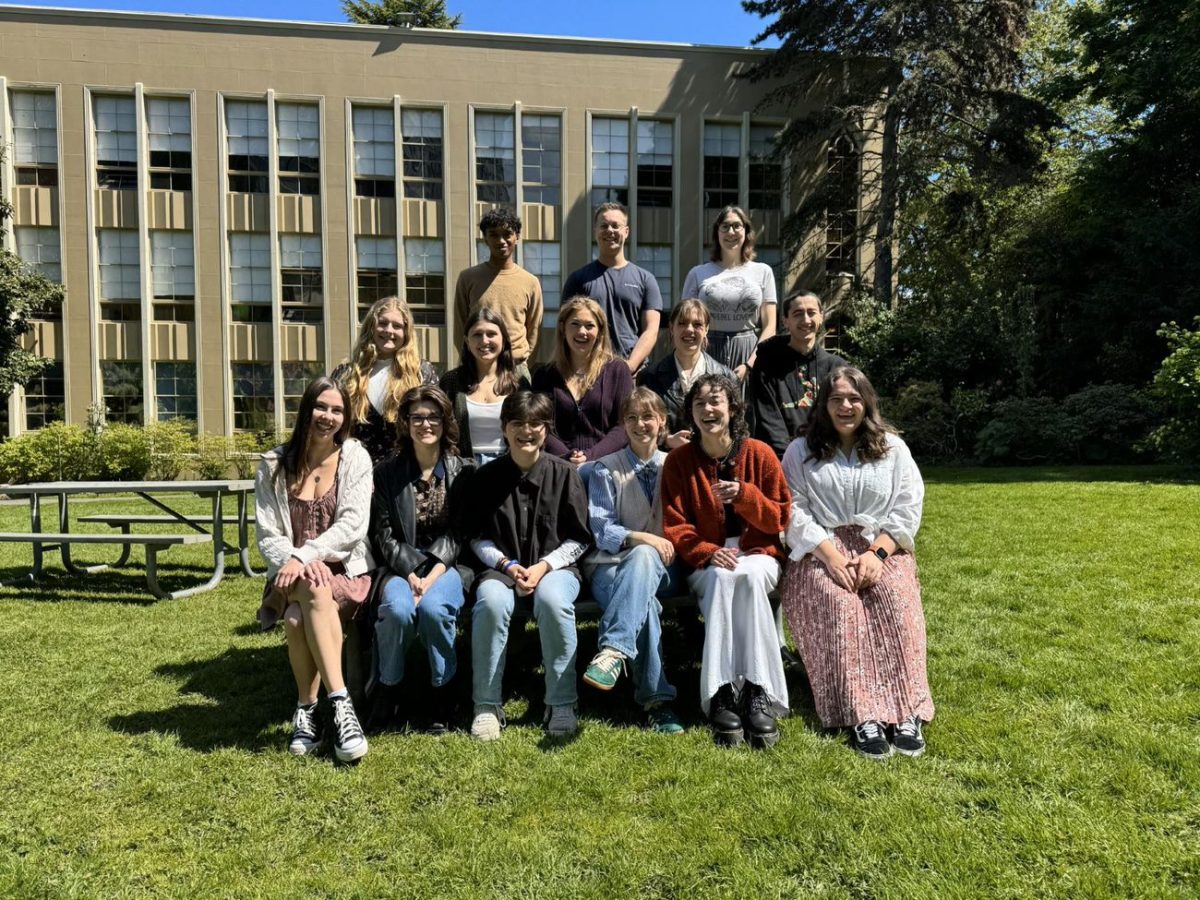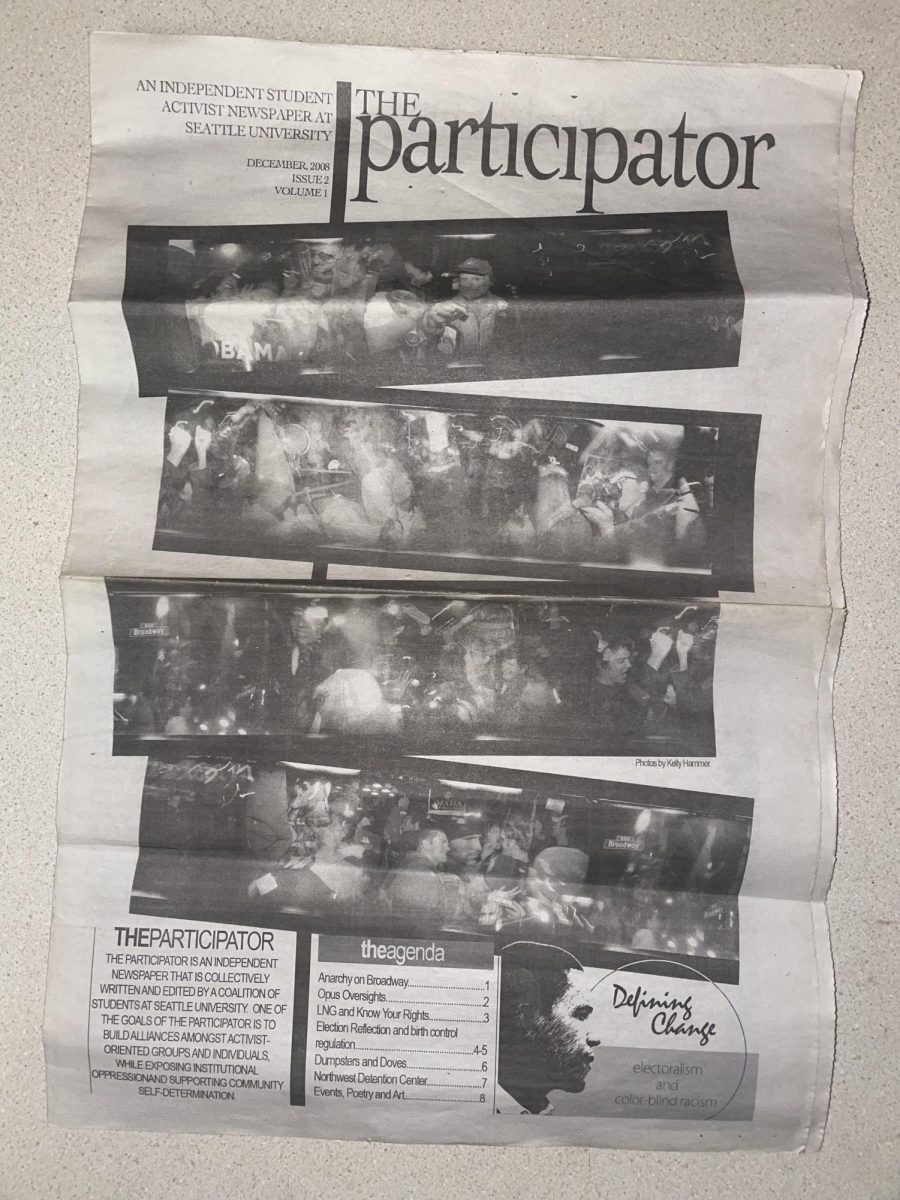The Seattle University grounds department has been hard at work these past couple of months with the removal and relocation of the Kubota Legacy trees on campus.
The project began four years ago when the grounds department caught wind of the deconstruction of the University Services Building, which will make way for the construction of Seattle U’s new science building. The new building, called the Center for Science and Innovation (CSI), is set to open its doors in 2020.
After the grounds department mapped out their new location of the trees, they transported the trees to their temporary home in the Union Green. This location ensures that the Kubota Legacy trees will not face environmental stress, allowing the trees to adapt smoothly.

One of the Kubota Trees that has been temporarily moved from outside the University Services building to the Union Green due to the planned construction of the Center for Science and Innovation.
Grounds and Landscaping Manager Shannon Britton made the decision to work with Big Trees Incorporated on this substantial project two years ago.
“They have been doing this kind of work for decades. I’ve worked with them on other large projects; they’re very successful with survivability of big trees,” Britton said.
The Kubota Legacy trees are being cared for in their transition to their new temporary home as drip irrigation is provided for the trees to ensure that the trees are getting the right amount of water. To help prevent the trees from establishing permanent roots to their temporary home, the trees have been balled and burlapped—a process which contains their roots with burlap.
The Kubota Legacy trees are a very integral part to the Seattle U community—they come from Fujitaro Kubota, who began his landscaping career at the university back in the 60s. Throughout his time here at Seattle U, he planted many Pacific Northwest versions of Japanese plants; many of these trees still exist around campus today.
Fujitaro’s primary focus was bringing in enormous trees that would be proportionate with the size of buildings. This would provide the university some sort of “tree-scape” away from the city. He wanted to do something that would make the university stand out.
Fujitaro brought Japanese traditions to Seattle and really thought about how Seattle U could integrate green spaces with urban spaces.
“I think that is something that we are still struggling and still learning about today,” Program Director of the Environmental Studies Tanya Hayes said. “We tend to think green spaces are to be out in the wilderness and out in the countryside and urban spaces being very dense. This is one example where you see having trees integrated with more urban and the provides a unique identity for Seattle U.”
Al Kubota, Fujitaro’s grandson, continued his grandfather’s legacy at Seattle U by bringing in breathtaking boulders, also donating Japanese maple trees to the university. Al was also a big part in the designing of the Japanese remembrance garden at Seattle U that is located by Hunthausen.
Britton explained the importance of the Kubota Legacy trees and how these trees are able to show that cultures are able to live together.
“It was important to us to honor that culture and heritage that began with Fujitaro, and also to honor Japanese remembrance,” Britton said. “It’s important to Al Kubota, the grandson, that we remember the internment of the Japanese during World War II.”
Seattle U’s campus is unique in regards to most urban located campuses. Seattle U has been designated as a backyard sanctuary since 1989 by the Washington State Department of Fish and Wildlife. In 2007, Seattle U was also awarded the status of wildlife habitat by the National Wildlife Federation, and in 2018, the Seattle U grounds became a part of Tree Campus USA.
“Maintaining the trees on campus is important and our SU facilities and grounds does see the importance of having and maintaining the trees,” Center for Environmental Justice and Sustainability Manager Yolanda Cieters said. “That is why this move was so important to SU, and they really prioritized the trees and especially the Kubota Legacy as they move them instead of get rid of them.”
Fujitaro was a huge part of not only the Seattle U community, but also to the city of Seattle. He helped create an environmentally diverse campus and took the first steps in Seattle U’s habitat that created a unique tree oasis in the middle of a high populated city.
“The things that are important to [Al] are connections to family and the horticultural connections,” Britton said. “We wanted to honor that and to keep that alive for the university community, as well as the city of Seattle because these things are noted in other publications that are about trees and gardens of the City of Seattle.”
Caylah may be reached at
[email protected]













Dale Watanabe
Feb 22, 2019 at 11:45 am
Thank you for keeping the legacy trees alive. The legacy of Fujitaro Kubota extends all the way to Idaho where he was imprisoned during WWII. In the desolate part of southeast Idaho where the Minidoka Concentration Camp was, he created an Entrance garden that today is part of the Minidoka National Historic Site (part of National Park Service). The Japanese American Remembrance Garden on campus is a memorial to the community that was displaced from the south side of campus during this tragic part of American history.